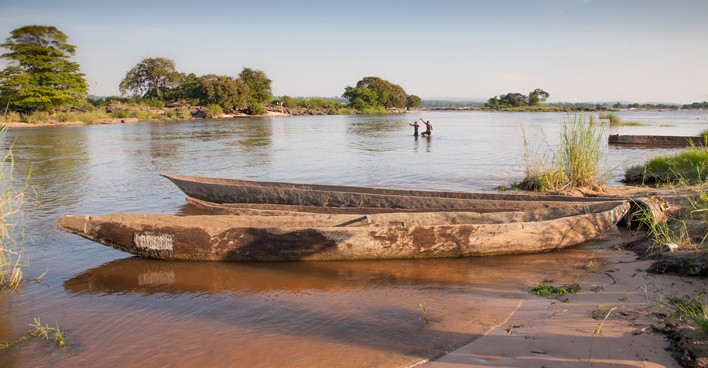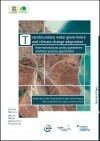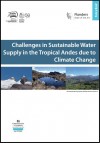Climate Change and Water Security
img_water_cop21_unesco_peter_dogse.jpg

The Synthesis Report of the Intergovernmental Panel on Climate Change (IPCC) Fifth Assessment Report clearly stated that climate change over the twenty-first century is projected to reduce renewable surface water and groundwater resources significantly in most dry subtropical regions, intensifying competition for water among sectors. In many regions, changing precipitation or melting perennial snow and ice are altering hydrological systems, affecting the quantity and quality of water resources.
The International Hydrological Programme (IHP) has been providing a platform for scientific networking in order to contribute to the assessment and monitoring of changes in snow, glaciers and water resources as a result of climate change and climate variability. The platform also aims at raising the awareness of policy-makers at the national, regional and international level on the predictions and risks related to these changes.
The IHP-coordinated project ‘Addressing Water Security: Climate Impacts and Adaptation Responses in Africa, the Americas, Asia and Europe’ launched in 2015 is focusing on vulnerability assessments to identify adaptation responses based on the case studies from different regions. The project aims at implementing activities focusing on developing adaptation strategies in order to contribute to water security impacted by climate change. It is targeted particularly at vulnerable regions such as mountains, and arid and semi-arid regions. IHP is implementing a drought-monitoring system in Africa and Latin America and the Caribbean, which is a key step forward in building capacity through technology and knowledge transfer, and has the potential to reduce the impact of droughts.
The IHP also deals with urban water needs and it coordinates Groundwater Resources Assessment under the Pressures of Humanity and Climate Change Network (GRAPHIC), which aims at promoting and advancing sustainable groundwater management considering projected climate change and linked human effects. Future activities include applying innovative tools (such as satellite data from NASA’s Gravity Recovery and Climate Experiment, GRACE, mission) for evaluating groundwater resource storage changes in regions where data access is very limited because of either data scarcity or accessibility problems (as a result of geography or conflicts).






